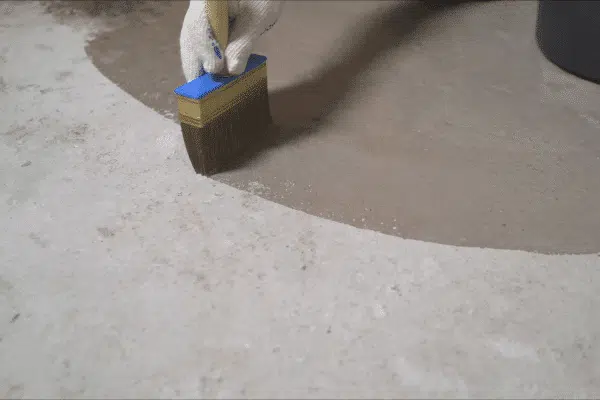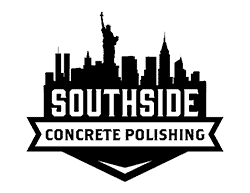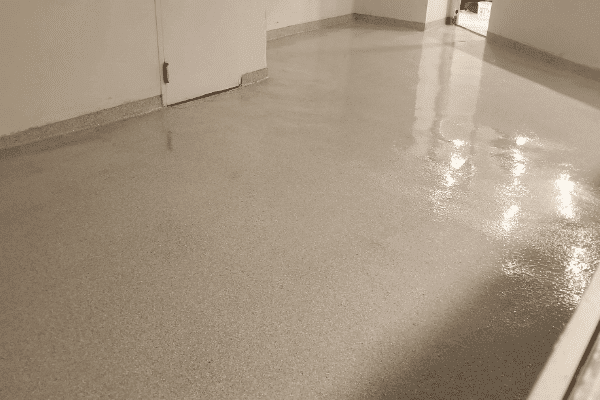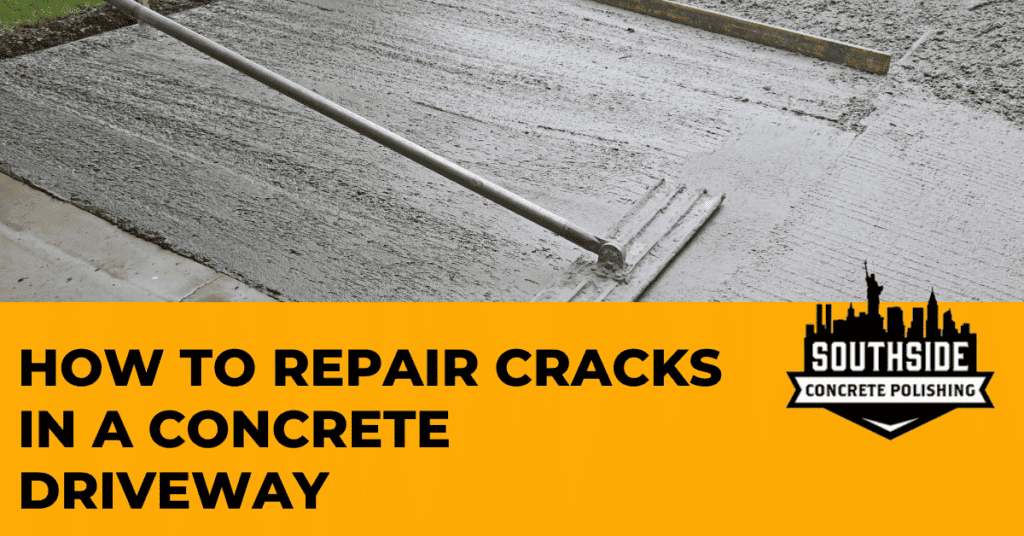Many people like concrete structures because they are durable, versatile in design, among other benefits. However, if not well-maintained, the life expectancy of any structure is likely to shorten. Despite being useful in the concrete production, curing, and placement processes, among other essential procedures, water becomes an enemy of concrete after that. It wears away the outer layer and threatens the foundational integrity of the entire structure. The damage is accelerated even more when the structure forms deformations and cracks, allowing water to sink deeper into the concrete.
When concrete floors are exposed to water, the durability/permanence of the structure lessens, thus increasing maintenance cost. However, the toxic effects of water on concrete structures can be minimized or eliminated through waterproofing maintenance. Concrete waterproofing uses structural or chemical treatments to form impervious barriers that prevent water or any other liquid from eroding concrete structures. While there are various approaches to concrete waterproofing coating, choosing the best procedure guarantees the safety and efficiency of the work. Just how do you keep your concrete structures dry? Here is how it’s done.
Cementitious Waterproofing
If you are that person who likes easy ways to get things done, then this cementitious waterproofing might just be for you. In this method, cement is mixed with other bonding agents to produce a slurry that is then applied to concrete structures for waterproofing. The materials for the process are readily available from masonry product vendors.
Cementitious waterproofing is mainly done in internal wet areas such as toilets, dams, water treatment plants, tunnels, and river locks. Before applying this method on your concrete structure, you must ensure the area is free from any dirt, laitance, and any other unwanted material. Besides, there should be no holes and cracks on the surface. If available, they should be filled immediately.
What’s funny is that the same water you are preventing must be used to wet the surface before the cementitious product is applied to the concrete structure. When mixing the products, be sure to adhere to all the instructions from the manufacturer while adding only clean water for accurate and desirable results. After preparing the surface, cementitious waterproofing is applied in two coats. Usually, a trowel, sprayer, or brush is used during the process. This method is best suited for below-grade concrete surfaces/structures.
Liquid Waterproofing Membrane
Just as the name suggests, the liquid waterproofing membrane comes in liquid form and is applied using a brush or roller to the concrete surface. The process is simple and requires minimal effort. By using a liquid waterproof membrane, you can cover a large area as compared to other methods. When using this method, ensure the layer is thick as the thinner membrane can easily break. The technique provides optimized performance and longevity while yielding maximum results.
Liquid applied waterproofing strengthens the concrete structure by filling cracks, thereby forming a protective vapor barrier. The fluid also penetrates the surface up to a reasonable depth to provide long term results. Even when exposed to extreme weather conditions, the liquid waterproofing membrane continues to do its work, unlike other methods prone to expansion and contractions during climate fluctuations.
Also, since they are joint-free, liquid waterproofing membranes are considered superior to the sheet based membranes. Besides being environmentally-friendly, the liquid waterproofing membrane is easily repairable and user friendly. Also, this method can be done by a semi-skilled professional to produce desired results. And again, there are no cracks during the aging of the membrane as compared to other layers only that you have to maintain it properly.
The liquid waterproofing membrane is applied to exterior walls and concrete bridges. But, it can also be used on metal deck steel bridges with a space-age joint system.

Bituminous Waterproofing
The other way to protect or maintain your concrete structures from water is through bituminous waterproofing. The method is used to protect both residential and commercial buildings. The technique uses highly sticky, waterproof, and viscous substances known as bitumen (asphalt and coal-tar pitch) which is made of organic materials.
The flexibility and protection of this method depend on the reinforcement of fiber as well as the polymer grade. The bituminous waterproofing method is mostly applied in wet areas like dams and swimming pools. However, this method is not suitable for concrete structures that are exposed to sunlight. So unless you plan on modifying it with a more flexible material like acrylic-based polymers or polyurethane, you should avoid it.
Aside from bituminous coating, one can use a bituminous membrane to waterproof a concrete structure. The layers are best suited for low-sloped roofs because of their excellent performance.
Polyurethane Waterproofing
If you are that person who wishes to spend more on maintaining your concrete structures, then this method is best suited for you. Polyurethane is made up of two components, a base (polyol) and a reactor (isocyanide). When these two components are combined, a liquid coating is formed, which is then used for waterproofing. This method can be conducted by semi-skilled professionals and requires minimal supervision. Besides, it’s quicker to install, thus saves time and labor costs.
Besides, the method is resistant to UV rays, fuels, battery acids, and harsh climatic conditions, making it suitable for outdoor use. Also, the waterproof solution lasts for a more extended period. It is also possible to apply this method in post-construction processes.
Extra caution should be taken when using the polyurethane membrane waterproofing method since polyurethane is very sensitive to moisture content. Thus, it is essential to evaluate the moisture content of the concrete structure before applying the membrane on the surface. Otherwise, the layers are likely to de-bond or peel over time.
Polyurethane liquid membrane waterproofing is best applicable on flat surfaces, especially on the roofs that are exposed to weathering.
Despite the existence of various waterproofing methods for concrete structures, you shouldn’t go for a random option. For this reason, you should be careful when choosing between the techniques above considering factors such as the cost, type of structure, and the level of exposure to sunlight. Above all, let a professional like Southside Concrete Polishing do the work for you so that you can achieve maximum results.
Share This Post




